2009|Austria, Belgium, Denmark, Estonia, France, Germany, Japan, Latvia, Luxembourg, Malta, Netherlands, Poland
Road risk incurred by employees in Europe (document in French only)
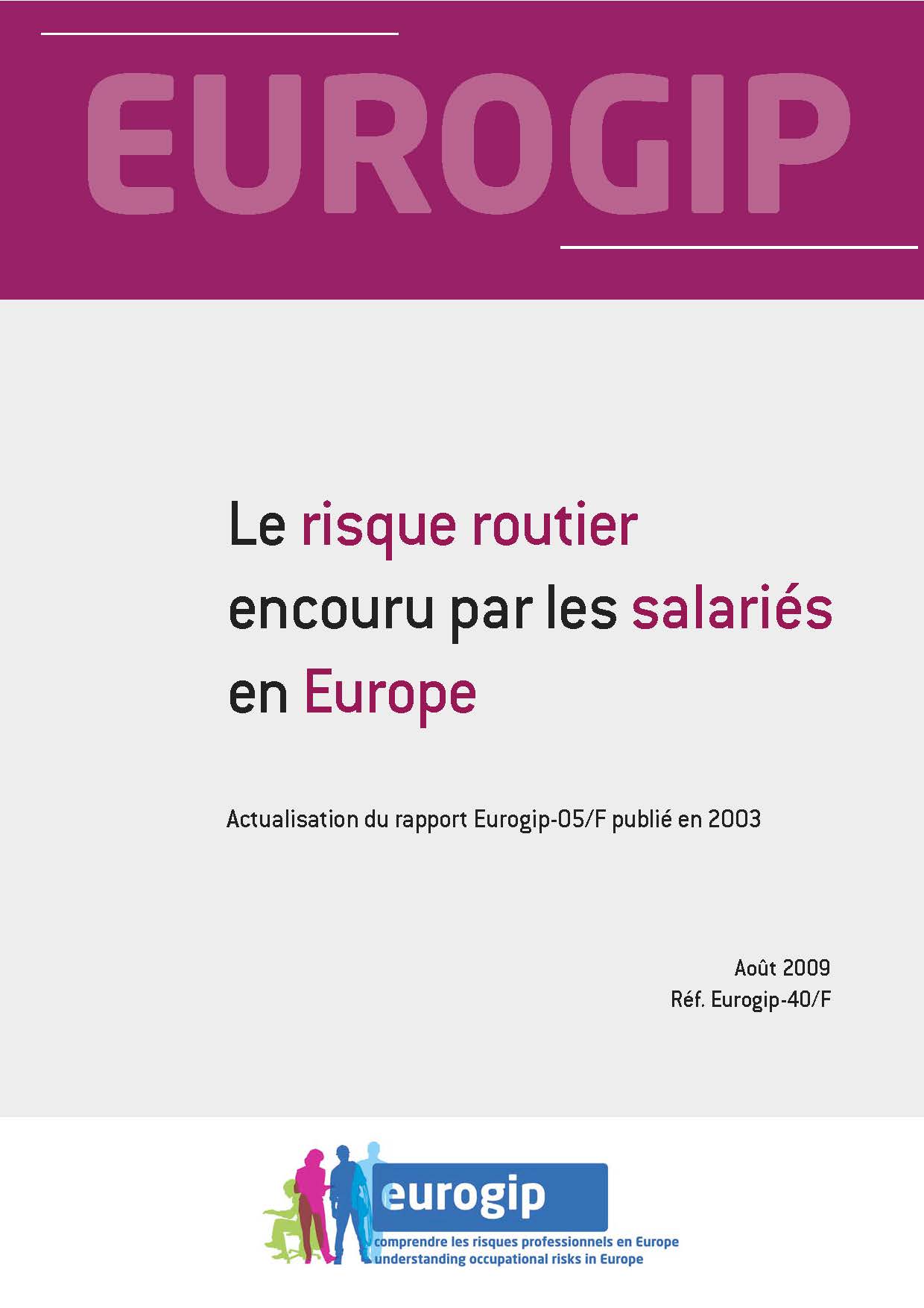 The road risk incurred by employees can be approached via overall road safety policies, but also by initiatives taken by the organisations in charge of occupational risks and enterprises. These two approaches now appear complementary. The proactive approach of enterprises treating road risk as an occupational risk in its own right has facilitated an alignment of prevention policies. More than five years after the first Eurogip survey, a review of current thinking on this subject seemed appropriate. First, a statistical review shows the scale of the problem and overall road safety initiatives are described. Next, the road risk context is discussed, as well as the initiatives taken by enterprises. Finally, a few aspects of this adaptation of prevention policy are described, such as risk management, the use of safe vehicles, and training.
The road risk incurred by employees can be approached via overall road safety policies, but also by initiatives taken by the organisations in charge of occupational risks and enterprises. These two approaches now appear complementary. The proactive approach of enterprises treating road risk as an occupational risk in its own right has facilitated an alignment of prevention policies. More than five years after the first Eurogip survey, a review of current thinking on this subject seemed appropriate. First, a statistical review shows the scale of the problem and overall road safety initiatives are described. Next, the road risk context is discussed, as well as the initiatives taken by enterprises. Finally, a few aspects of this adaptation of prevention policy are described, such as risk management, the use of safe vehicles, and training.
Only in French






 This document forms part of a collection which aims, progressively, at describing country by country the main features of the insurance and prevention systems for occupational injuries, travel injuries and occupational diseases in force in the European Union Member States. Far from being exhaustive, the information provided can in no case be a precise description of very complex systems, which are the product of the political, economic and social history of each country. Eurogip’s objective in proposing these approaches by country is to provide readers with “keys” to a better understanding of the general principles of the systems outlined, and to put in perspective the statistics for one country relative to another – even though such comparisons should be treated with caution.
This document forms part of a collection which aims, progressively, at describing country by country the main features of the insurance and prevention systems for occupational injuries, travel injuries and occupational diseases in force in the European Union Member States. Far from being exhaustive, the information provided can in no case be a precise description of very complex systems, which are the product of the political, economic and social history of each country. Eurogip’s objective in proposing these approaches by country is to provide readers with “keys” to a better understanding of the general principles of the systems outlined, and to put in perspective the statistics for one country relative to another – even though such comparisons should be treated with caution. 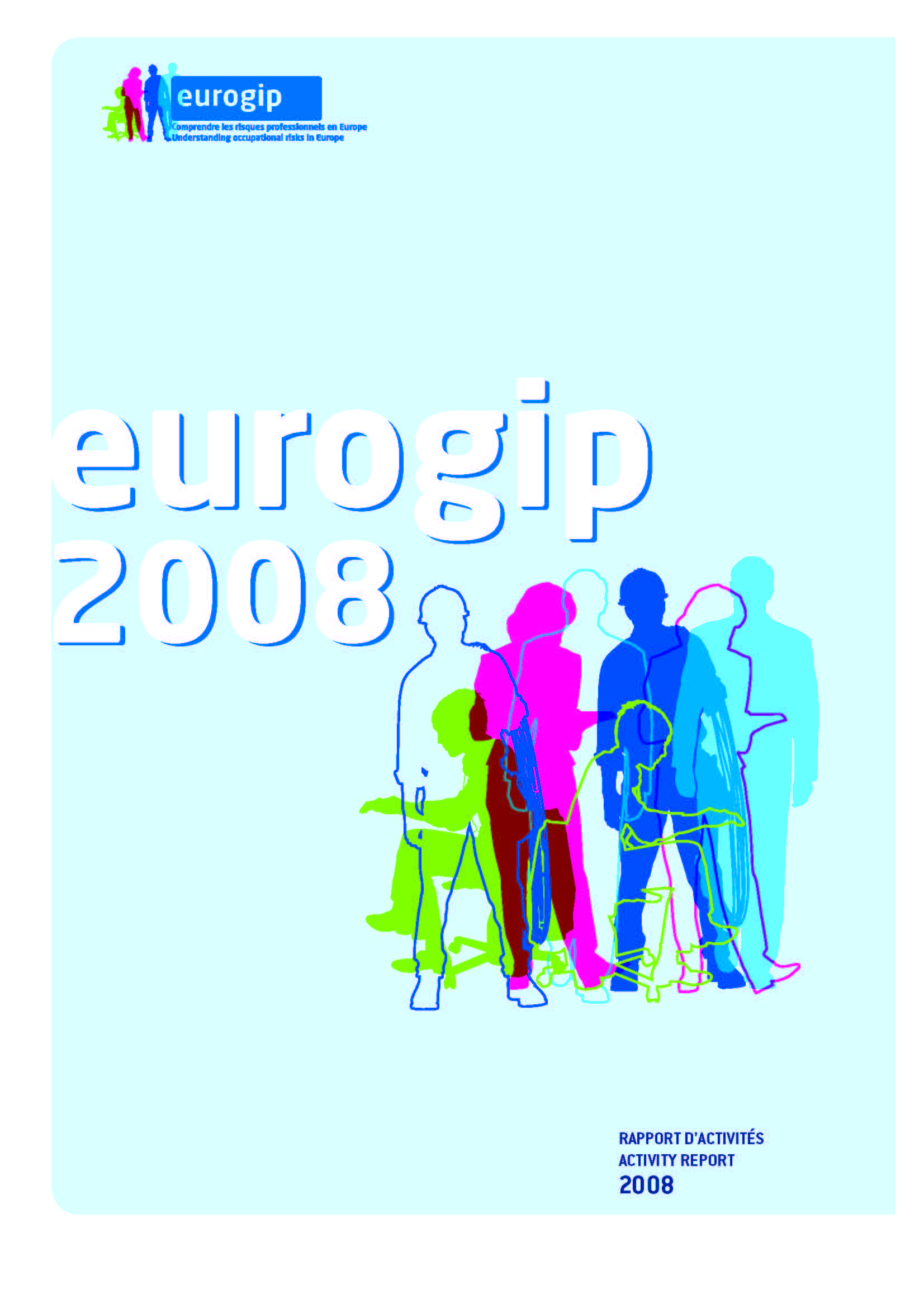
 In the set of statistical data relating to accidents at work and occupational diseases in the European Union Member States, EUROGIP has published an issue on BELGIUM (2007 Data).In the set of statistical data relating to accidents at work and occupational diseases in the European Union Member States, EUROGIP has published an issue on BELGIUM (2007 Data).
In the set of statistical data relating to accidents at work and occupational diseases in the European Union Member States, EUROGIP has published an issue on BELGIUM (2007 Data).In the set of statistical data relating to accidents at work and occupational diseases in the European Union Member States, EUROGIP has published an issue on BELGIUM (2007 Data).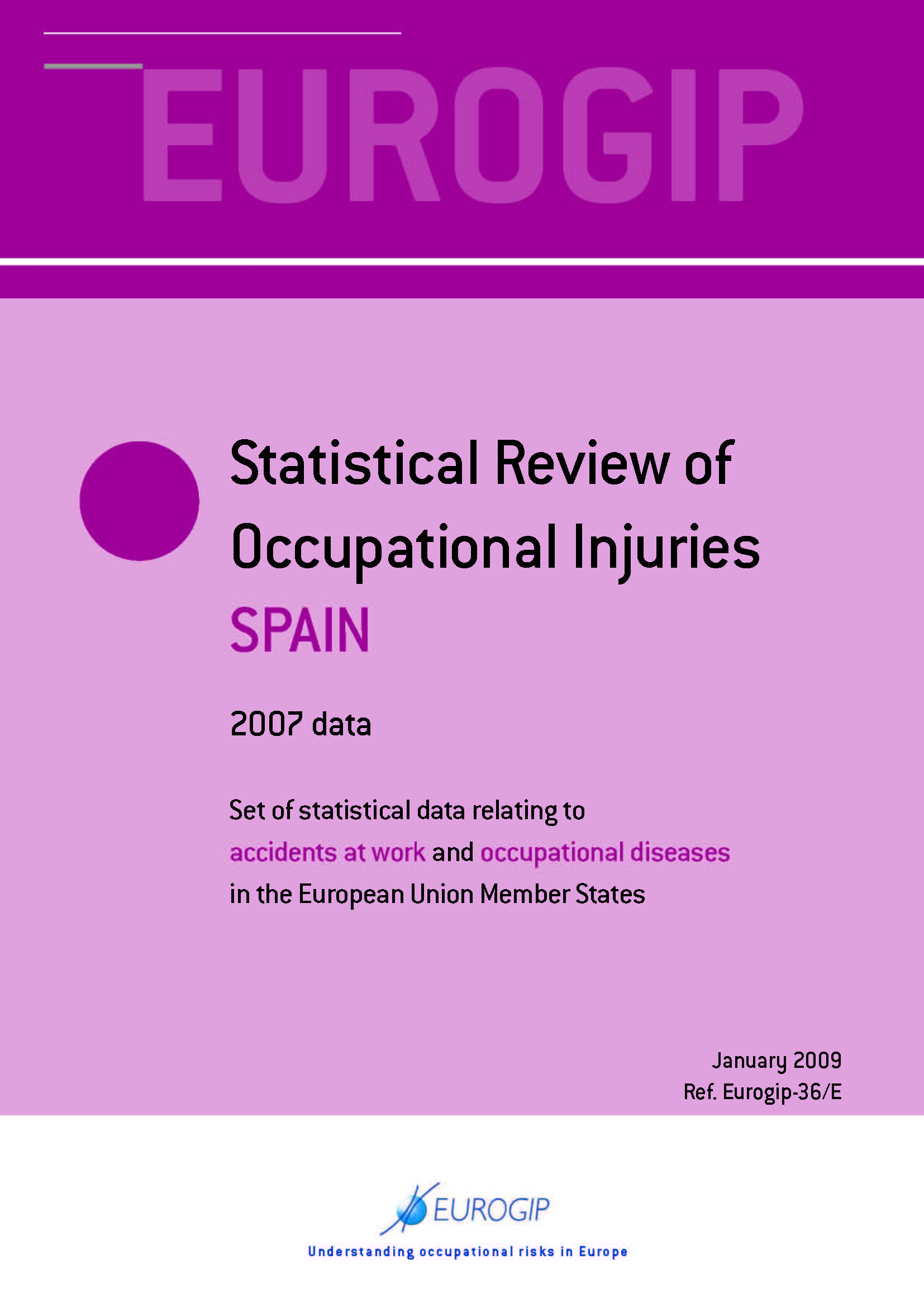 In the set of statistical data relating to accidents at work and occupational diseases in the European Member States, EUROGIP publishes a 3rd document (after Germany and Italy) about SPAIN (2007 data).In the set of statistical data relating to accidents at work and occupational diseases in the European Member States, EUROGIP publishes a 3rd document (after Germany and Italy) about SPAIN (2007 data).
In the set of statistical data relating to accidents at work and occupational diseases in the European Member States, EUROGIP publishes a 3rd document (after Germany and Italy) about SPAIN (2007 data).In the set of statistical data relating to accidents at work and occupational diseases in the European Member States, EUROGIP publishes a 3rd document (after Germany and Italy) about SPAIN (2007 data).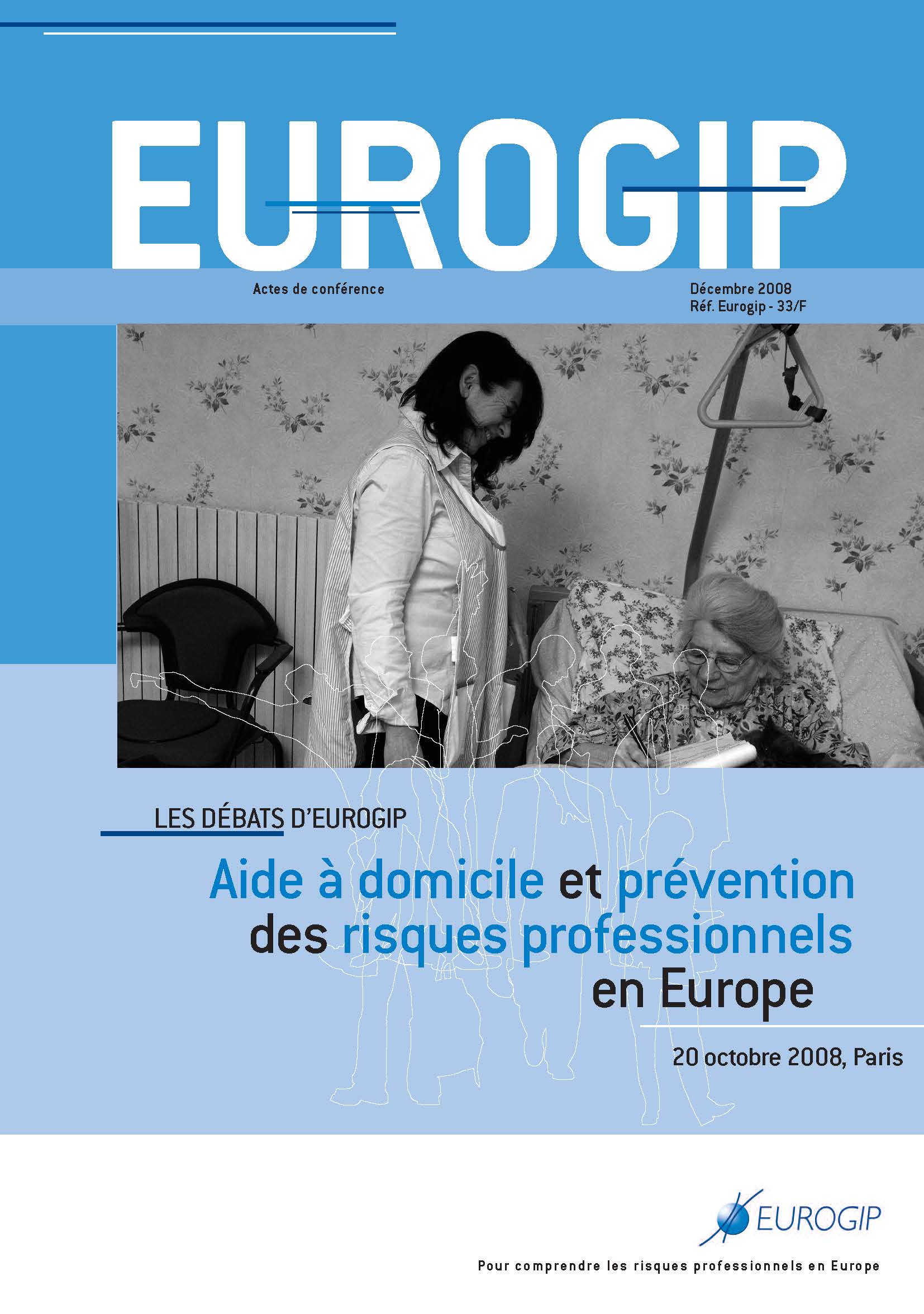 Workers in the domestic help sector are exposed to numerous occupational risks (physical, chemical, psychosocial, road travel, etc.) and accident rates are high. What prevention measures can be taken given that they work in isolation, in private homes, on behalf of employers of varied status (private individuals themselves, associations, social or supportive economic structures, private enterprises, local government bodies)? The participants in the Eurogip Discussions of 20 October 2008 – European Commission, public authorities, associations, town councils, etc. – reported their experience in this area. The proceedings published recently summarise most of the discussions.
Workers in the domestic help sector are exposed to numerous occupational risks (physical, chemical, psychosocial, road travel, etc.) and accident rates are high. What prevention measures can be taken given that they work in isolation, in private homes, on behalf of employers of varied status (private individuals themselves, associations, social or supportive economic structures, private enterprises, local government bodies)? The participants in the Eurogip Discussions of 20 October 2008 – European Commission, public authorities, associations, town councils, etc. – reported their experience in this area. The proceedings published recently summarise most of the discussions.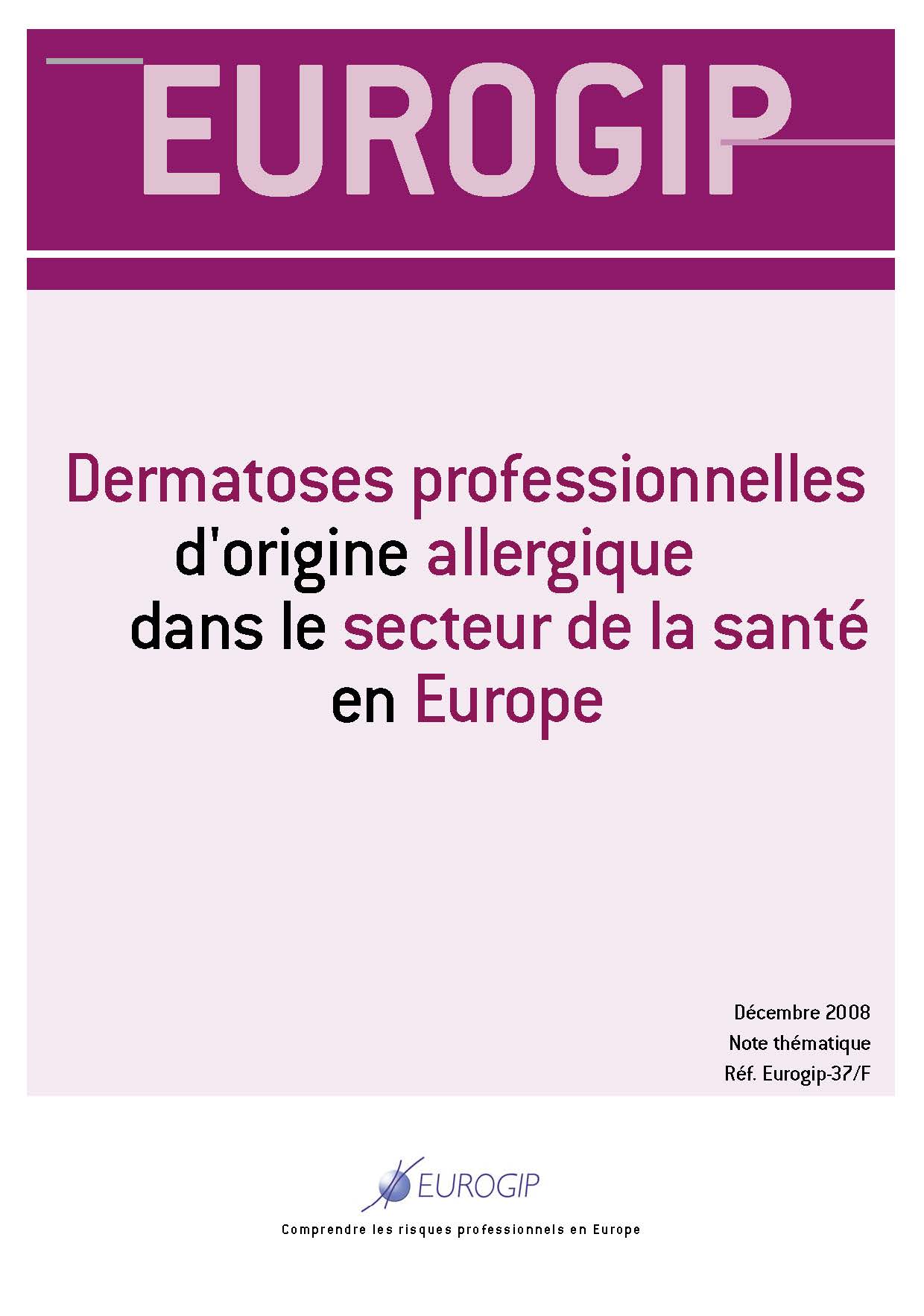 This Eurogip thematic report gives a brief overview of work-related skin diseases and a statistical evaluation of their impact, and examines the occupational health and safety principles adopted in the healthcare sector.
This Eurogip thematic report gives a brief overview of work-related skin diseases and a statistical evaluation of their impact, and examines the occupational health and safety principles adopted in the healthcare sector. The new Machinery Directive (2006/42/EC) will finally come into force on 29 December 2009. It introduces new obligations and changes by comparison with the consolidated Directive 98/37/EC which the stakeholders must acquire. This new brochure – which is the result of work carried out by the KAN, ETUI-REHS and several European experts, and for which Eurogip co-financed publication of the French version – should help them. It underlines the differences between the 1998 document and the 2006 document, devoting special attention to Annex I concerning essential health and safety requirements.
The new Machinery Directive (2006/42/EC) will finally come into force on 29 December 2009. It introduces new obligations and changes by comparison with the consolidated Directive 98/37/EC which the stakeholders must acquire. This new brochure – which is the result of work carried out by the KAN, ETUI-REHS and several European experts, and for which Eurogip co-financed publication of the French version – should help them. It underlines the differences between the 1998 document and the 2006 document, devoting special attention to Annex I concerning essential health and safety requirements.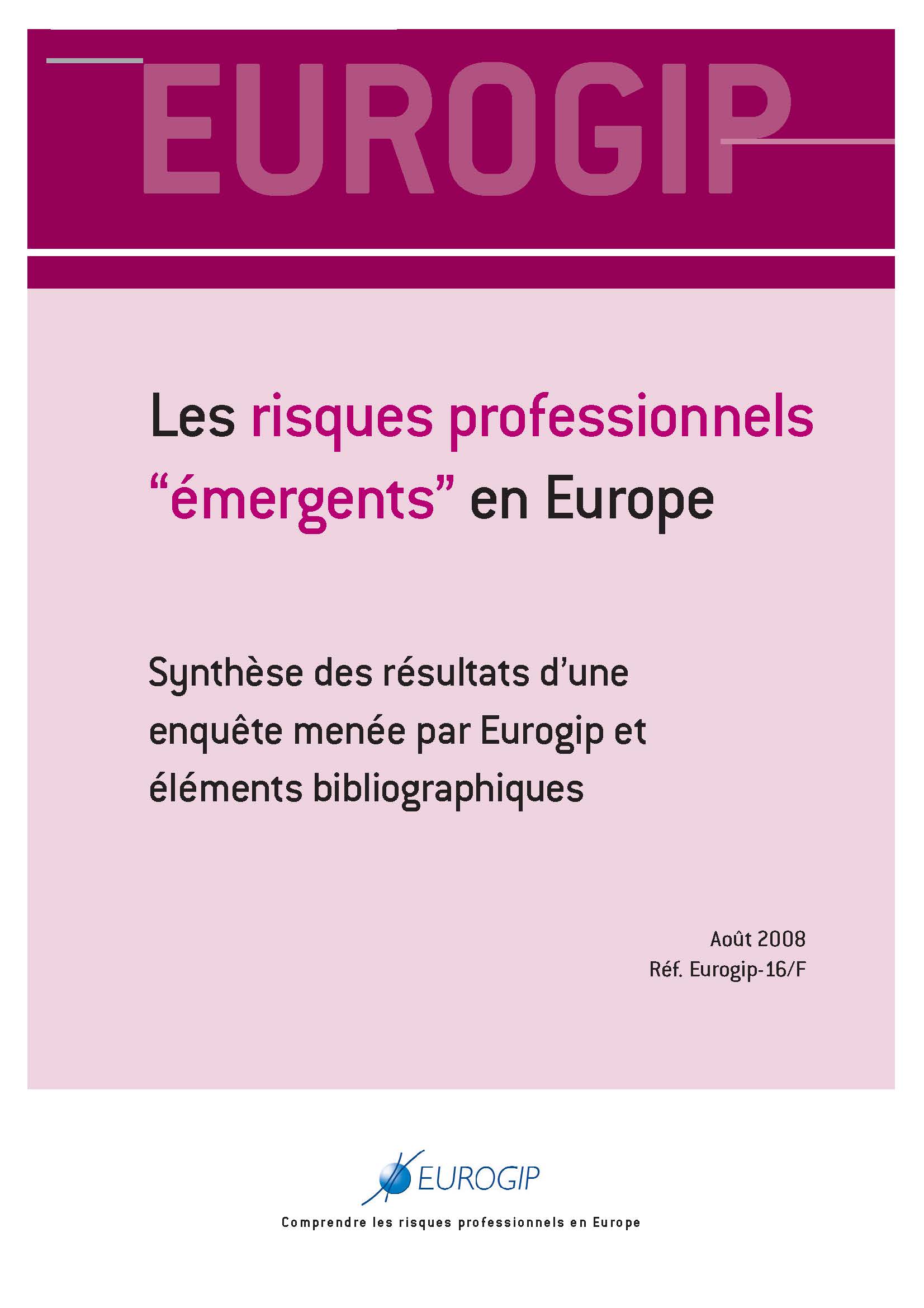 Summary of the results of a survey carried out by Eurogip and bibliographic information
Summary of the results of a survey carried out by Eurogip and bibliographic information
